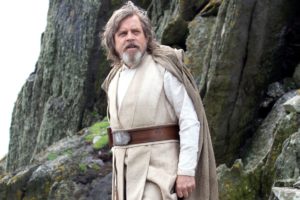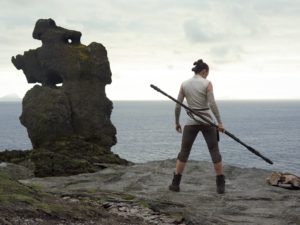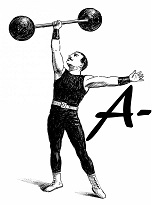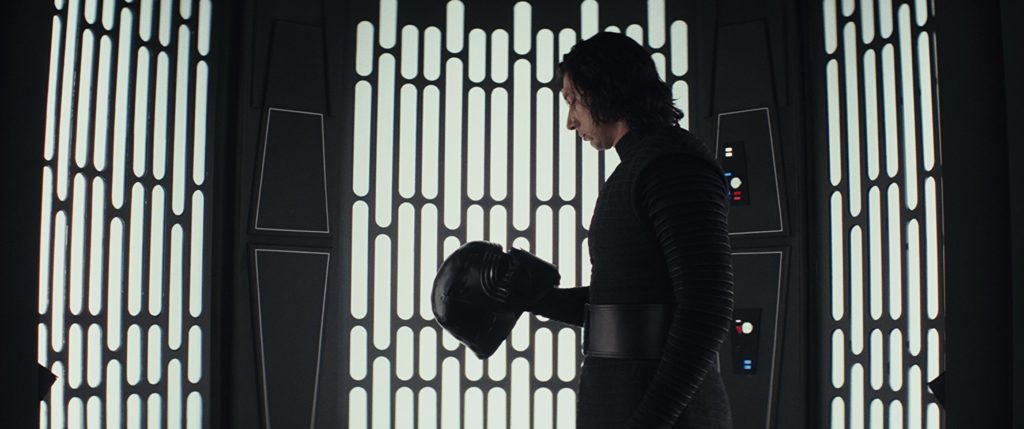“Star Wars: The Last Jedi” arrives, with mixed reviews from critics and fans alike. I write this knowing full well I am both a critic and a fan of the “Star Wars” universe; and as such will give away no spoilers, but try and capture the movie’s successes and failings amidst the new trilogy — starting with “Star Wars: The Force Awakens” and ending, we expect, with a third movie somewhere down the line.
“The Last Jedi,” as a story, is a definite improvement on “The Force Awakens;” Whereas “The Force Awakens” seemed to some to be a rehashing of a familiar plot line — a rouge Jedi wipes out a new era of Jedi warriors and turns to the dark side, a Jedi Master (Luke Skywalker) goes into hiding, and a new era of freedom fighters join the resistance against the evil First Order (this trilogy’s iteration of the Galactic Empire).
In “The Last Jedi,” however, we see the battle for freedom against the First Order is well underway. Picture a more threatening, more seemingly hopeless attempt at a rebel escape than the one from Planet Hoth in Lucas’ “The Empire Strikes Back.” Tracked through light speed, vicious General Hux (Domhnall Gleeson) is intent on destroying the rebels with venomous purpose. For fans, it’s doubtful Gleeson’s evil will measure up to Grand Moff Tarkin’s from the original trilogy – while Tarkin was sardonic and reveled in the destruction of rebels, Hux is just angry – in fact spitting mad – and wants the rebels wiped out. This trait is later assumed by the apprentice Sith himself Kylo Ren (Adam Driver), albeit in a brash, reckless sort of way. If one thing can be said about the First Order this time around, they are simply vicious, angry, and mean.

While trailers from “The Force Awakens” would have you believe that the film was to be about Luke Skywalker (Mark Hamill) and Rey (Daisy Ridley) joining forces, the former showing the latter the ways of the force, director Rian Johnson does not rehash this plot point. The film becomes about more – in some ways more ambiguous and definitely more philosophical in their interactions. Luke DOES talk about The Force, but in a way that we have hitherto not been privy to – suggesting its positives and negatives – to Rey, who has much to learn. However, it’s a credit to Rian Johnson that Luke is not trying to be Obi Wan Kenobi here — the filmmakers are not rehashing that plot, and it does the movie a better service. Luke is his own character – a defeated, wizened, and ambiguous character that isn’t quite sure where his future lies.
There’s also a cameo on the island that Luke has secluded himself on, but the scene is so crowd pleasing that I won’t even hint at it.
Acting-wise, the characters all do a good job. Oscar Issac and John Boyega reprise their roles as Poe Dameron and Finn, and do so with pleasing results. Issac is brash, clearly the Han Solo of this iteration of films, while Finn has qualities, such as sacrifice and passion, that align him more with a young Luke Skywalker, albeit not force sensitive. Carrie Fisher is credited with playing Leia, and seems to have matured since the last movie, her leadership forceful yet calm, wise, and reassuring. There’s a number of ancillary characters such as a Vice Admiral played by Laura Dern, a thief/possible ally played by Benecio Del Toro, and of course Supreme Leader Snoke, played by Andy Serkis.
 If criticisms do come, they come not in the form of a derivative narrative, but in a real lack of explanation for the motivations of those in the First Order; a criticism that does not share equal footing with the rebellion. Luke is fleshed out, as is Rey, Poe, and Finn – we learn more about them, and their motivations, than we had in “The Force Awakens.” However, the same cannot be said about Kylo Ren and Snoke; and it’s a script problem rather than a problem with acting from either one.
If criticisms do come, they come not in the form of a derivative narrative, but in a real lack of explanation for the motivations of those in the First Order; a criticism that does not share equal footing with the rebellion. Luke is fleshed out, as is Rey, Poe, and Finn – we learn more about them, and their motivations, than we had in “The Force Awakens.” However, the same cannot be said about Kylo Ren and Snoke; and it’s a script problem rather than a problem with acting from either one.
While Ren was patient and seemingly obsessed with being the new Darth Vader in the previous film, here he is just angry and reckless, obsessed with wiping out the rebels, though we don’t glean any real reason why he wants to do this. The film hints at some indecision within him, but doesn’t give it any sort of real play; Ren is just incredibly angry and without much purpose. Snoke doesn’t help much either. While manipulative and evil – and while I hate to judge new characters by old – he’s just no Emperor Palpatine. Palpatine had a way of demonstrating pure evil with just a glance or a whisper with which Serkis just can’t seem to imbue Snoke.
Cinematically the film is shot beautifully, and we see a few scenic planets, though most of the film takes place during space battles, which are exciting, daring, and important. Johnson lays off the CGI created non-humans (with really only one exception), and places the importance on the rebel’s cause more than in displaying the host of non-humanoids that Lucas used to paint his universe in the prequel trilogy. Blasters hit harder, cruisers and ships look more imposing, and the scenes are filmed with more despair and urgency than in pervious iterations.

All in all, “The Last Jedi” is a capable film that takes the film in a new direction from “The Force Awakens” and has many pleasing scenes. It’s a tad too long at two hours and 32 minutes and could have used a trip to the editing room, but it’s a minor criticism. The movie builds momentum well, and its’ ending is smart, crowd pleasing, and worth the wait. A solid film that sets up the (possibly) end of the trilogy with the anticipated third film looming in the distance.


